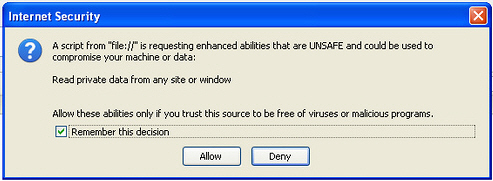
 Bringing diabetes to light: International Diabetes Federation encouraging citizens to raise awareness and protect future generations.
Bringing diabetes to light: International Diabetes Federation encouraging citizens to raise awareness and protect future generations.
Theme for 2008 World Diabetes Day – November 14 – is “Diabetes in Children and Adolescents”
September 25, 2008, Brussels, Belgium – The International Diabetes Federation announced today that it is calling on groups and individuals worldwide to get involved in activities to raise awareness of diabetes in the 50 days leading up to World Diabetes Day on November 14. The theme for this year’s campaign is “Diabetes in Children and Adolescents.”
Diabetes is one of the most common chronic diseases to affect children. It can strike children of any age, even toddlers and babies. Every day more than 200 children are diagnosed with type 1 diabetes, requiring them to take multiple daily insulin shots and monitor the glucose levels in their blood. It is increasing at a rate of 3% each year among children and rising even faster in pre-school children at a rate of 5% per year. Over 70,000 children a year under the age of 15 get diabetes.
If not detected early enough in a child, diabetes can be fatal or result in serious brain damage. The obvious warning signs of increased urination, increased thirst, weight loss and tiredness are at times completely overlooked and the disease is misdiagnosed as the flu or not diagnosed at all.
“Every parent, school teacher, school nurse, doctor and anyone involved in the care of children should be familiar with the warning signs and alert to the diabetes threat,” said Dr Martin Silink, President of the International Diabetes Federation. “Children who are not diagnosed or misdiagnosed can die from DKA (diabetic coma). In the developing world insulin is not reaching many children who need it and the children are dying. The International Diabetes Federation is advocating that access to appropriate medication and care should be a right for a child with diabetes and not a privilege.”
World Diabetes Day made a global splash last year, organizing the lighting of several of the world's most recognizable monuments in blue. For 2008 the Federation is reaching out to the global community for their ideas on how to raise awareness.
“There are activities planned worldwide. We hope to have them all listed on the World Diabetes Day website,” said Campaign Director Phil Riley. “We’re encouraging people to join in with activities in their community and contact us with their ideas.”
Some of the projects already underway include:
· A team of Silicon Valley professionals is racing the official World Diabetes Day race car - a 1969 VW Beetle - in the Baja 1000 in November. The team, Desert Dingo Racing, is conducting a drive-a-thon fundraiser for the Federation’s "Life for a Child" program and working with the Federacion Mexicana de Diabetes to distribute educational material in Mexico during the race.
· In the Middle East, an Australian motorcycle enthusiast, Youcef Cummings, is piloting the World Diabetes Day motorcycle in World Cross Country Rally events in the region. Youcef is also conducting a ride-a-thon fundraiser for the Federation’s “Life for a Child Program’’. Following a top-10 finish in the Rally of Tunisia in May, Youcef’s next race will be the UAE Desert Challenge in Dubai on October 24-31.
· In Italy, Diabete Italia has partnered with current Italian League Champions, Inter Football Club to have children sketch the World Diabetes Day logo on the field during the matches on the Nov. 10 and 16. The players plan to sign balls and t-shirts which will be auctioned.
“One of the most popular and visible projects is to identify a monument in the community and arrange to have it lit blue,” said Phil Riley. “We hope that 500 monuments will be lit this year and are looking to promote these projects worldwide.”
At this early stage more than 100 monuments are already confirmed including the Pyramids (Giza) and the Sphinx in Egypt; the Hofburg in Austria; Christ the Redeemer in Brazil; Tokyo Tower in Japan; Burj al Arab and Jumeirah Emirates tower in the UAE; Manneken-Pis in Belgium and the Brandenburger Tor in Germany.
PRESS RELEASE
CONTACT:
Kerrita McClaughlyn, IDF Media Relations Manager, office: +32-2-5431639, mobile: +32-487-530625, email: media@idf.org


